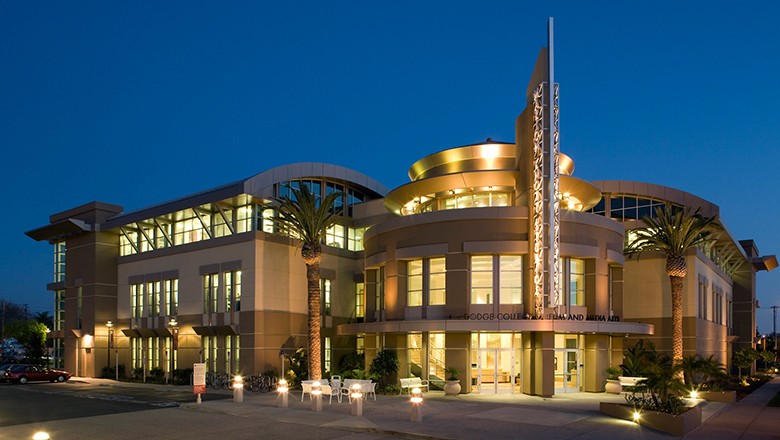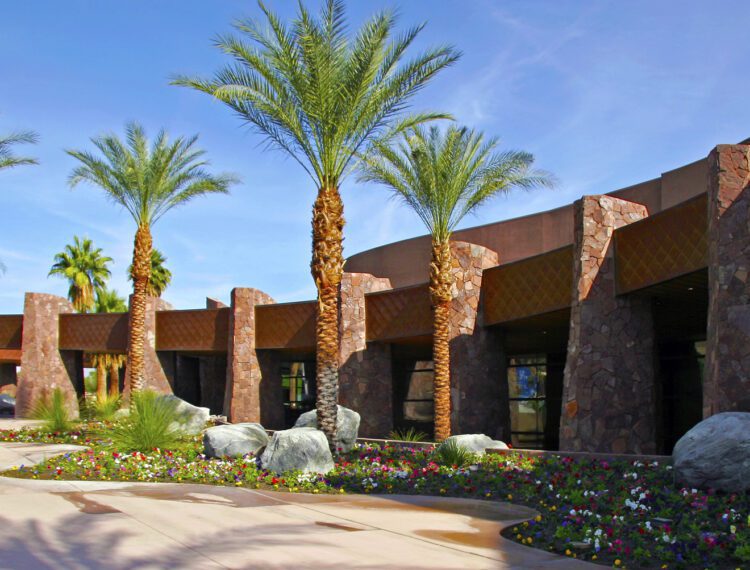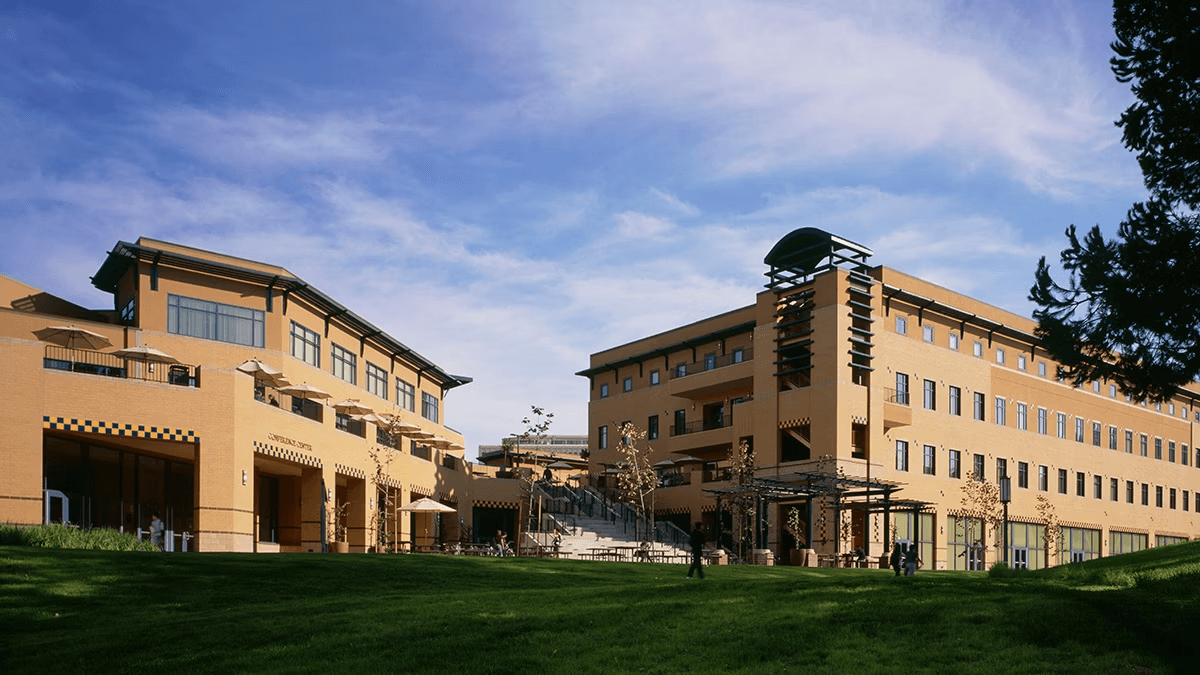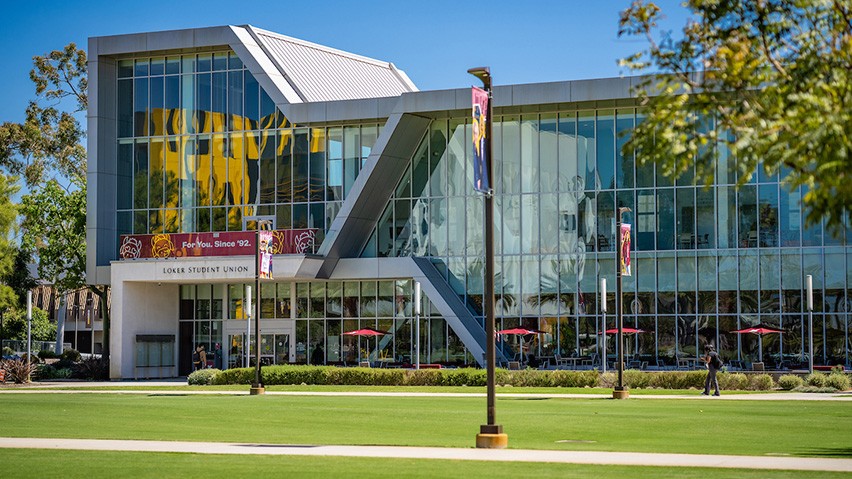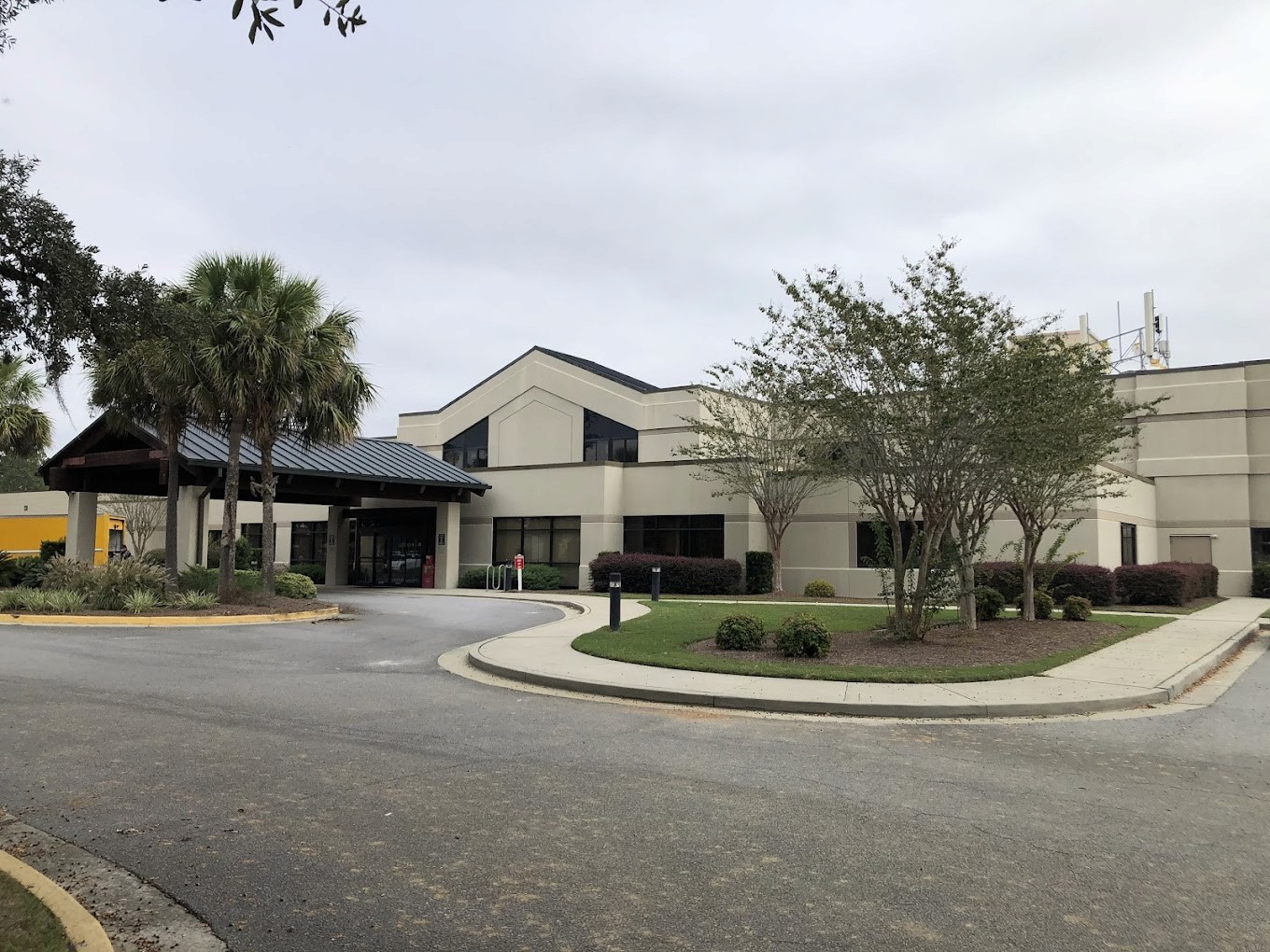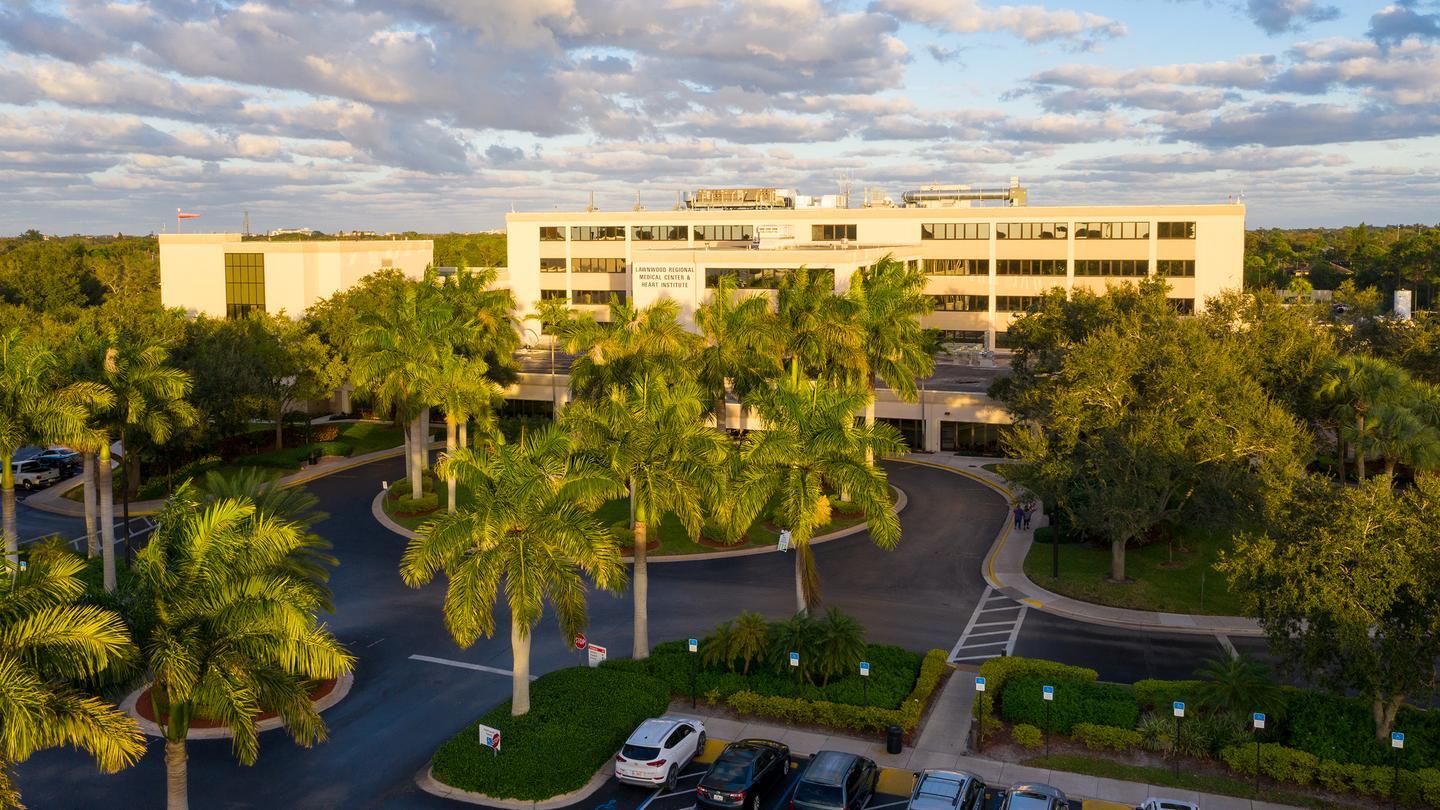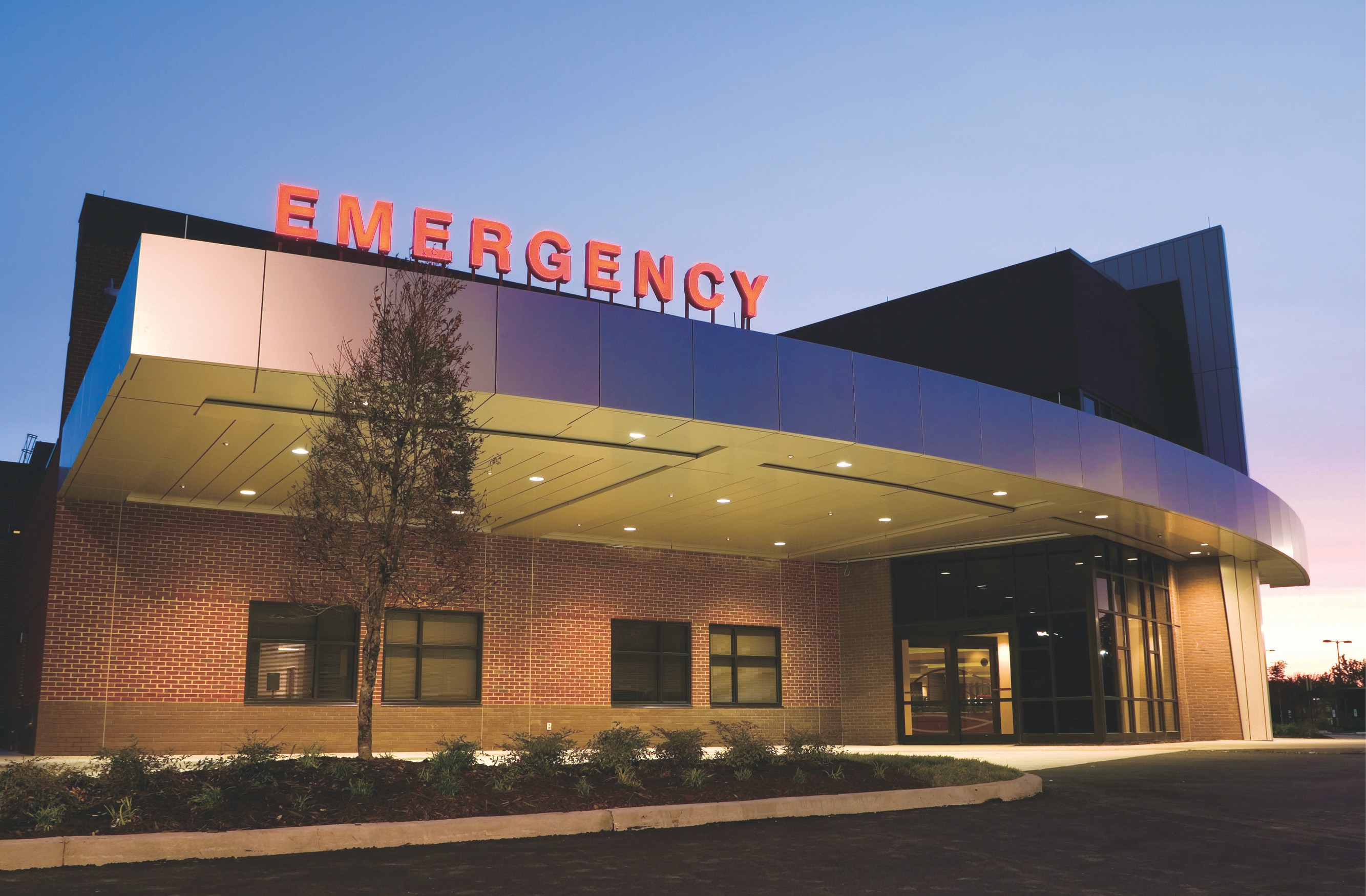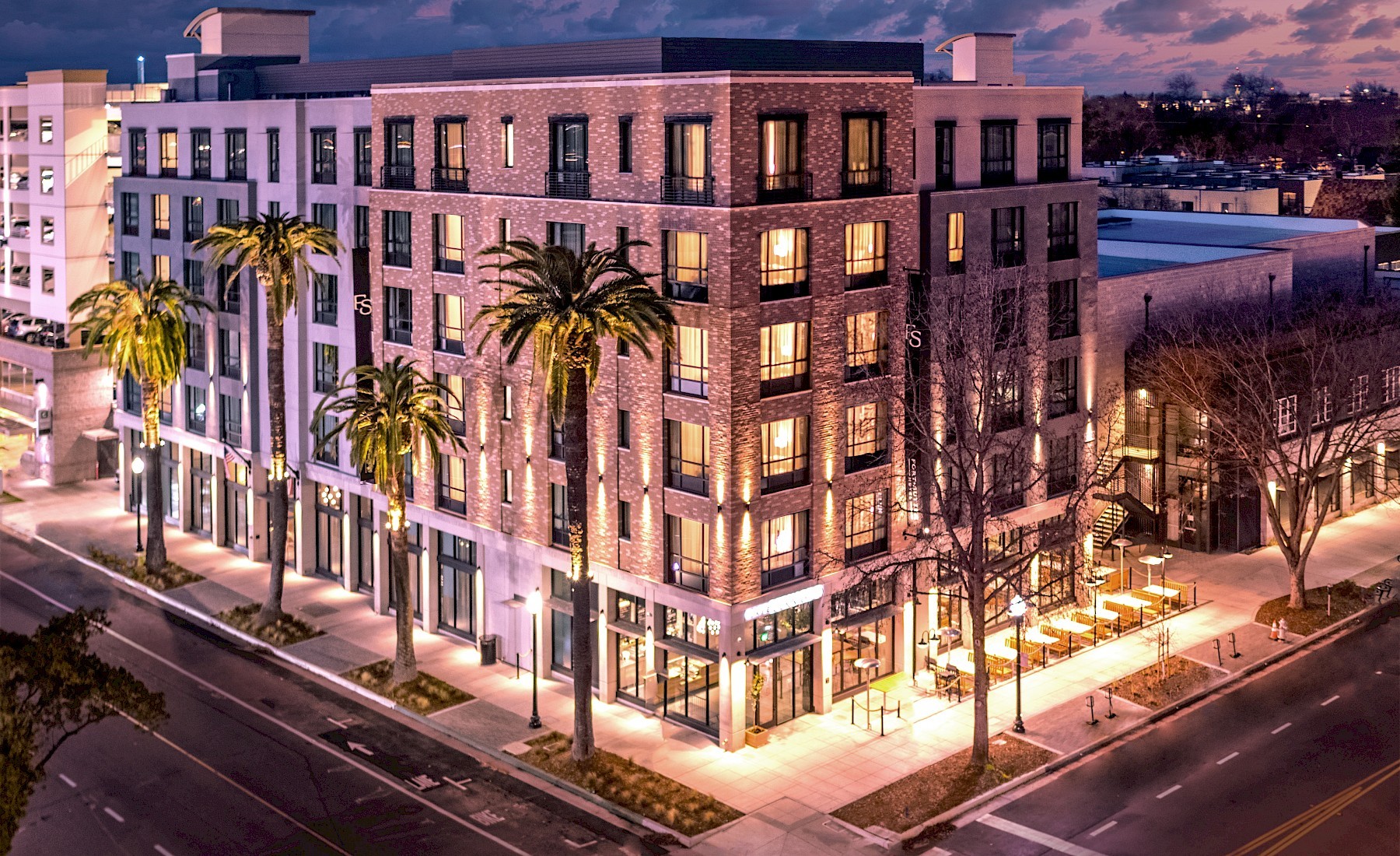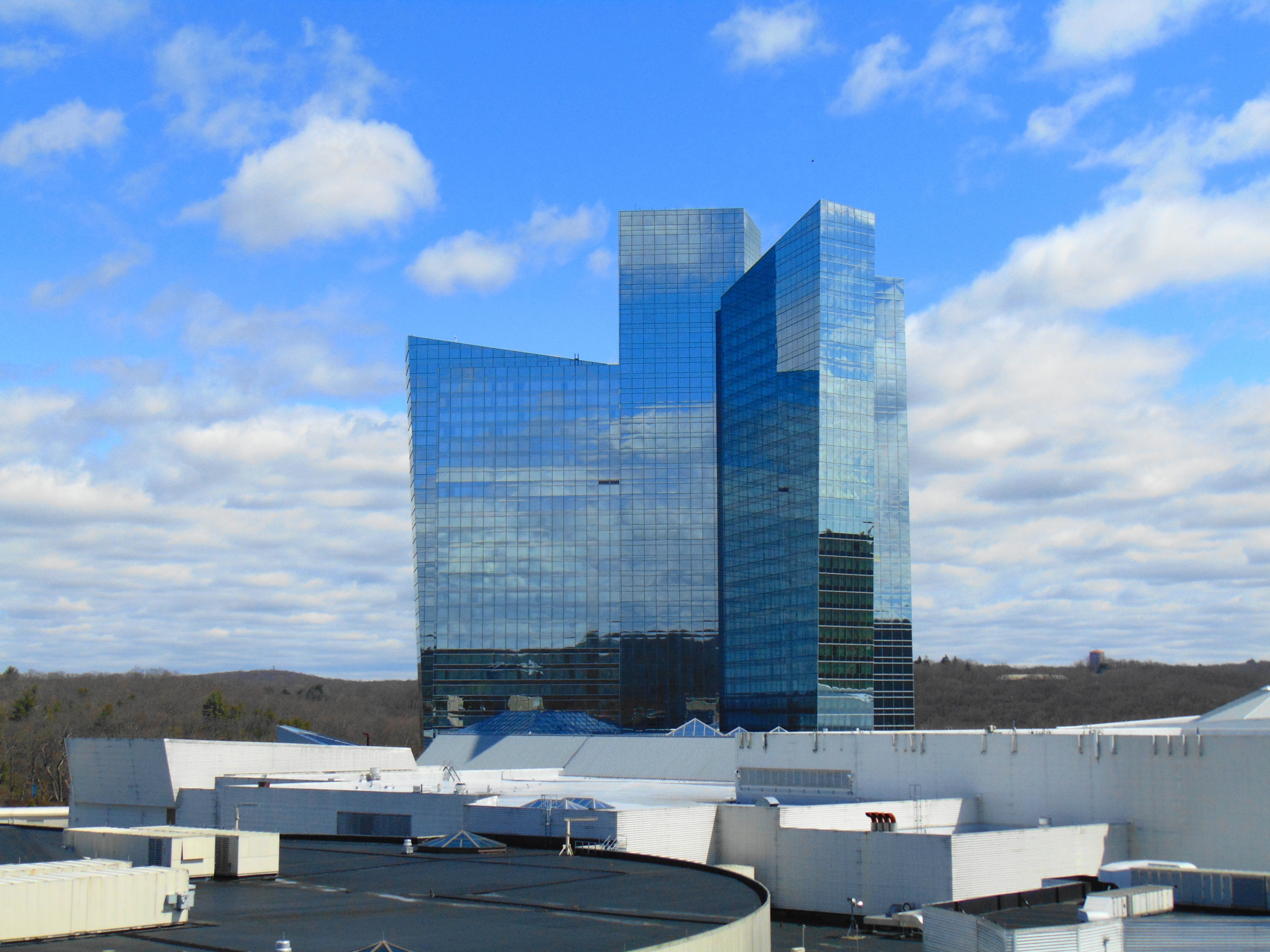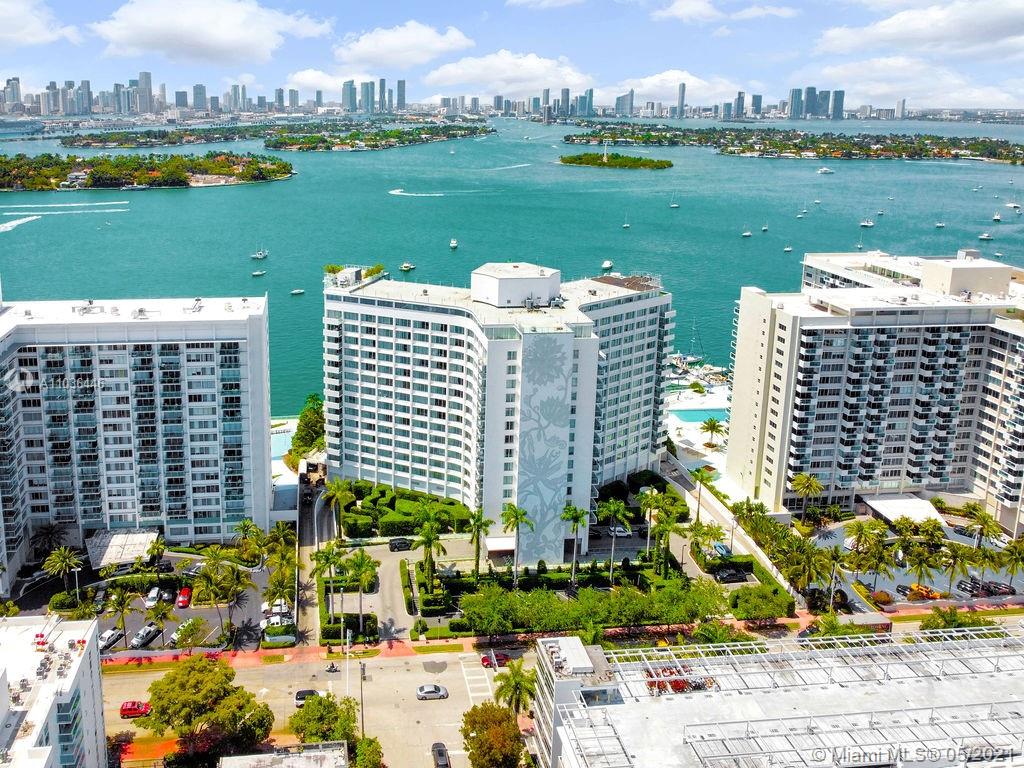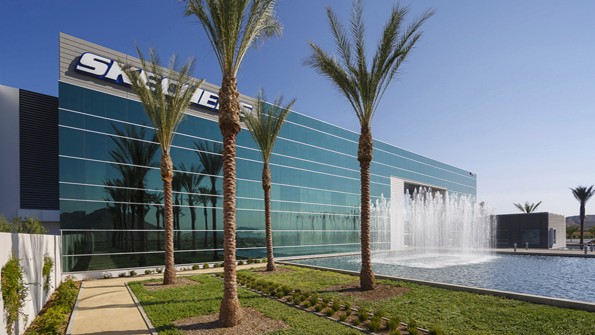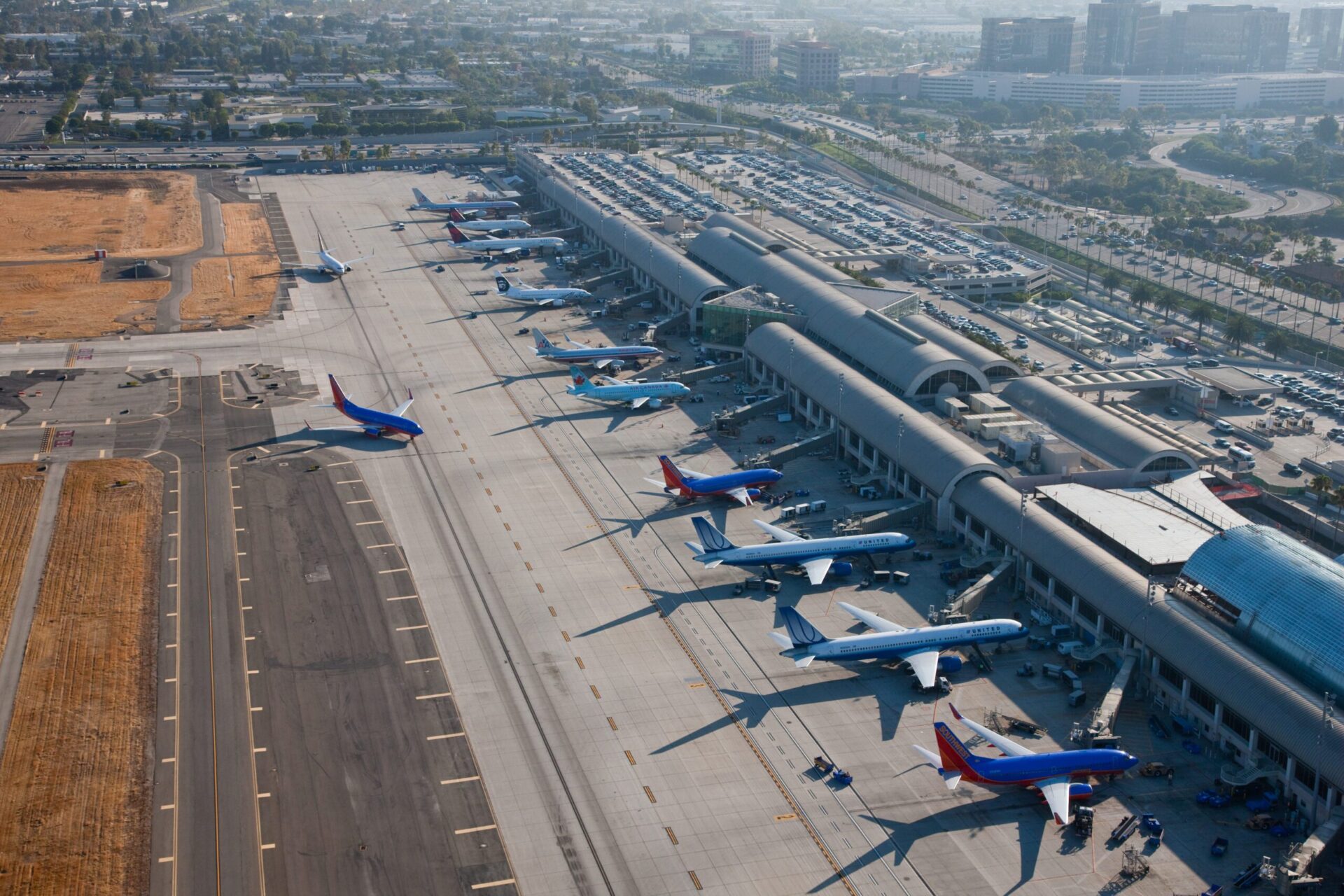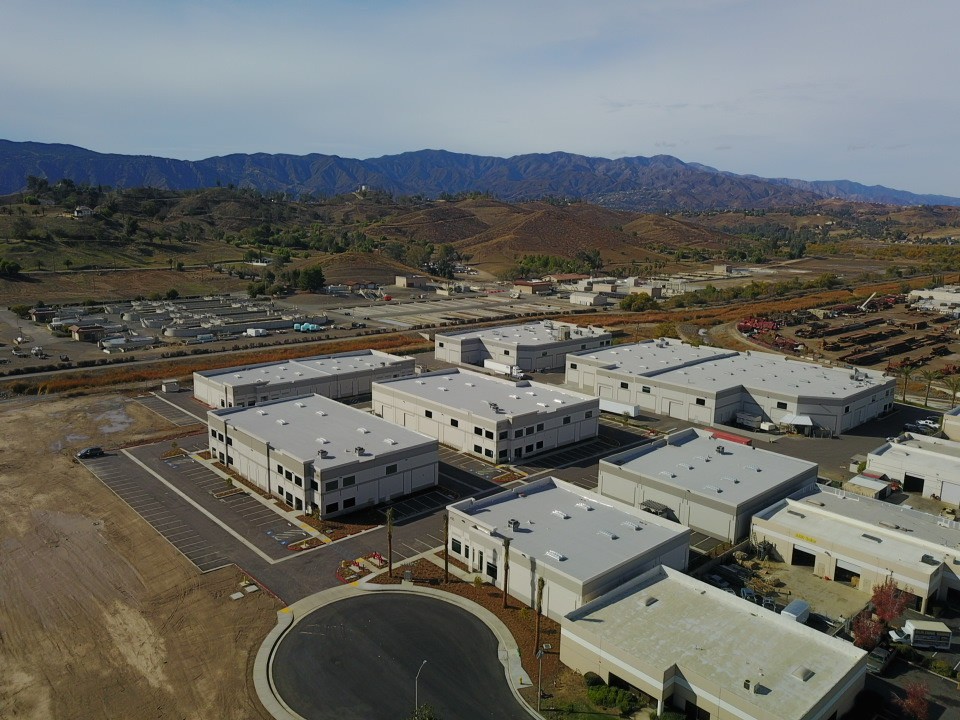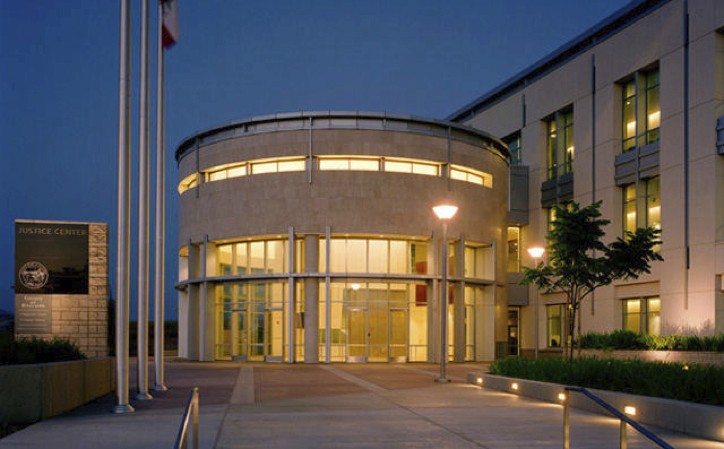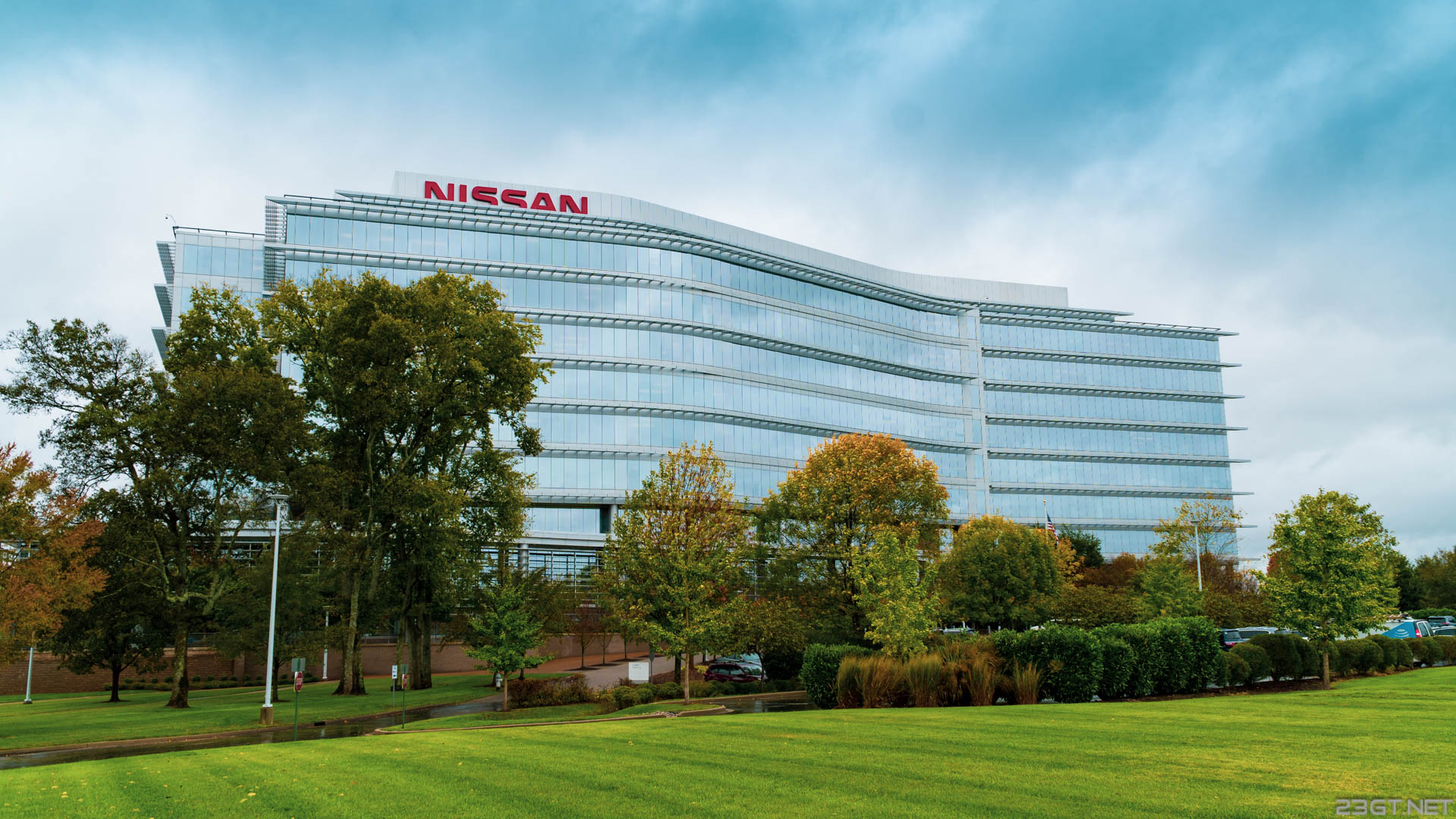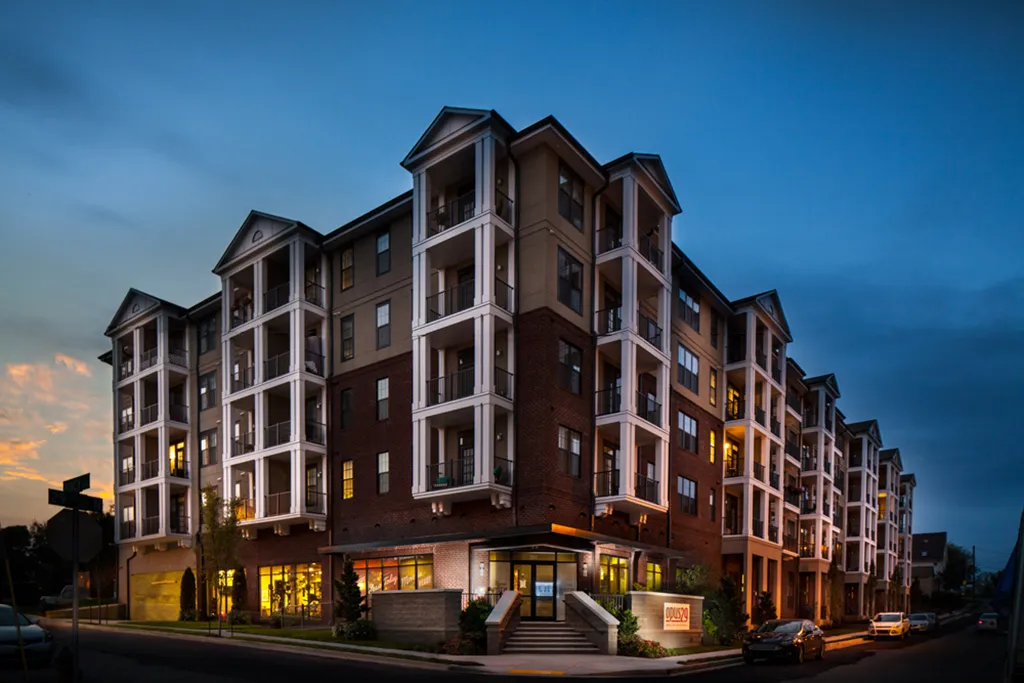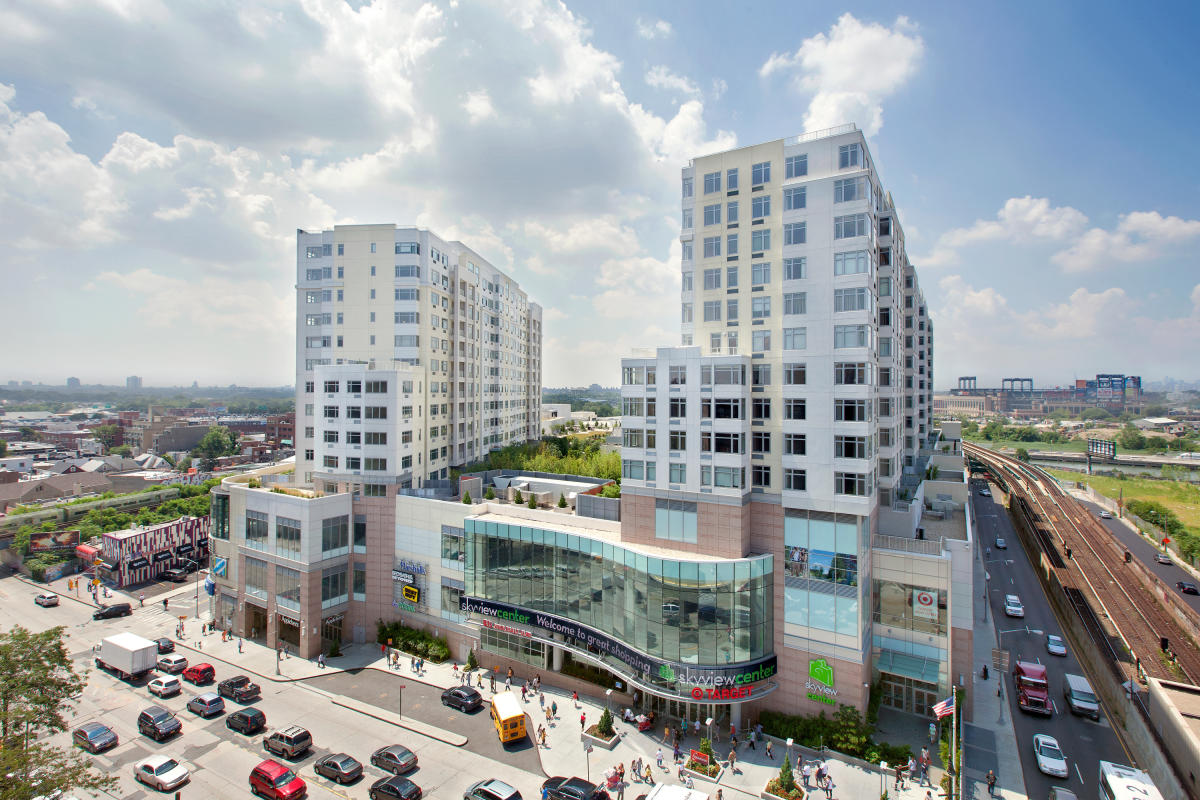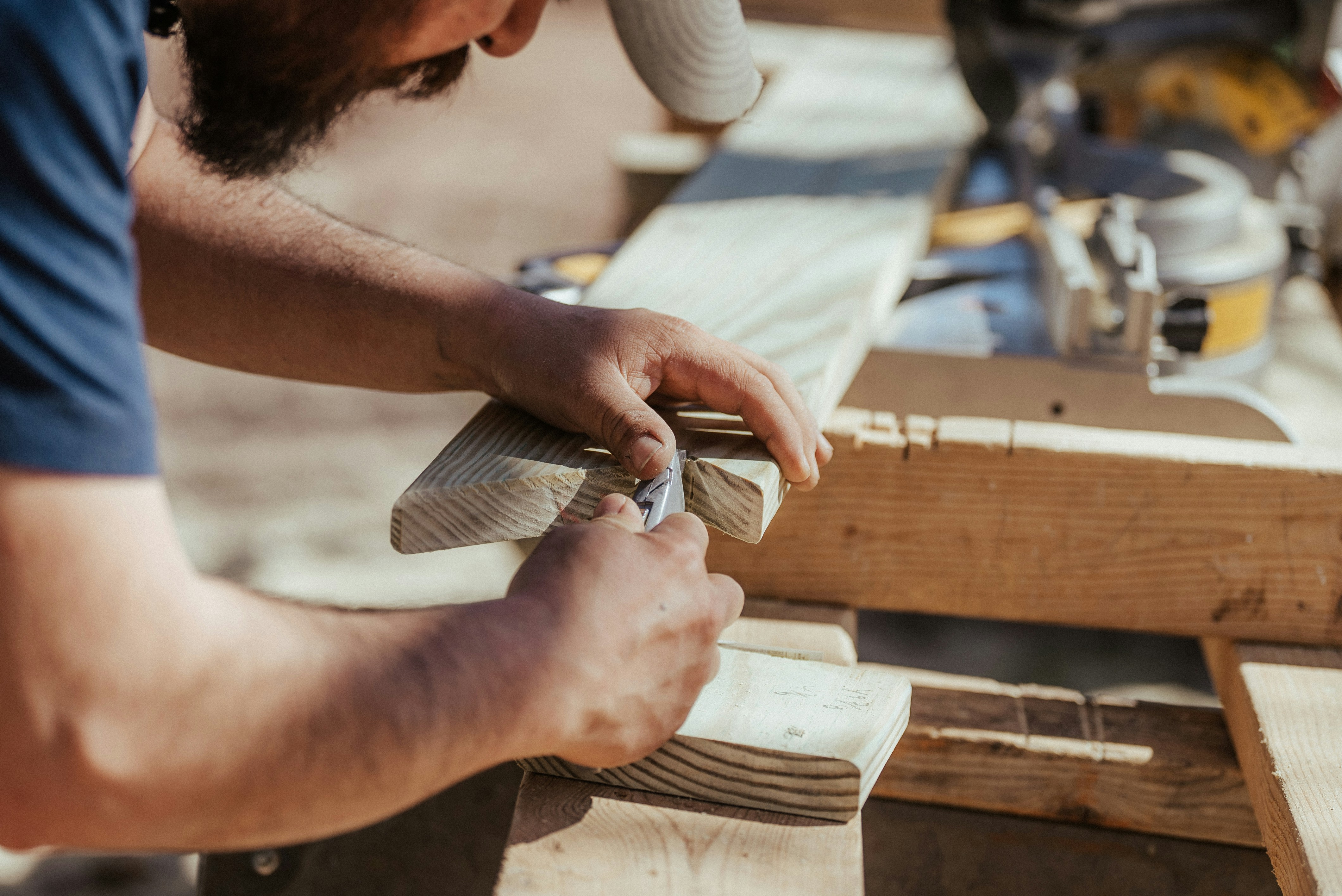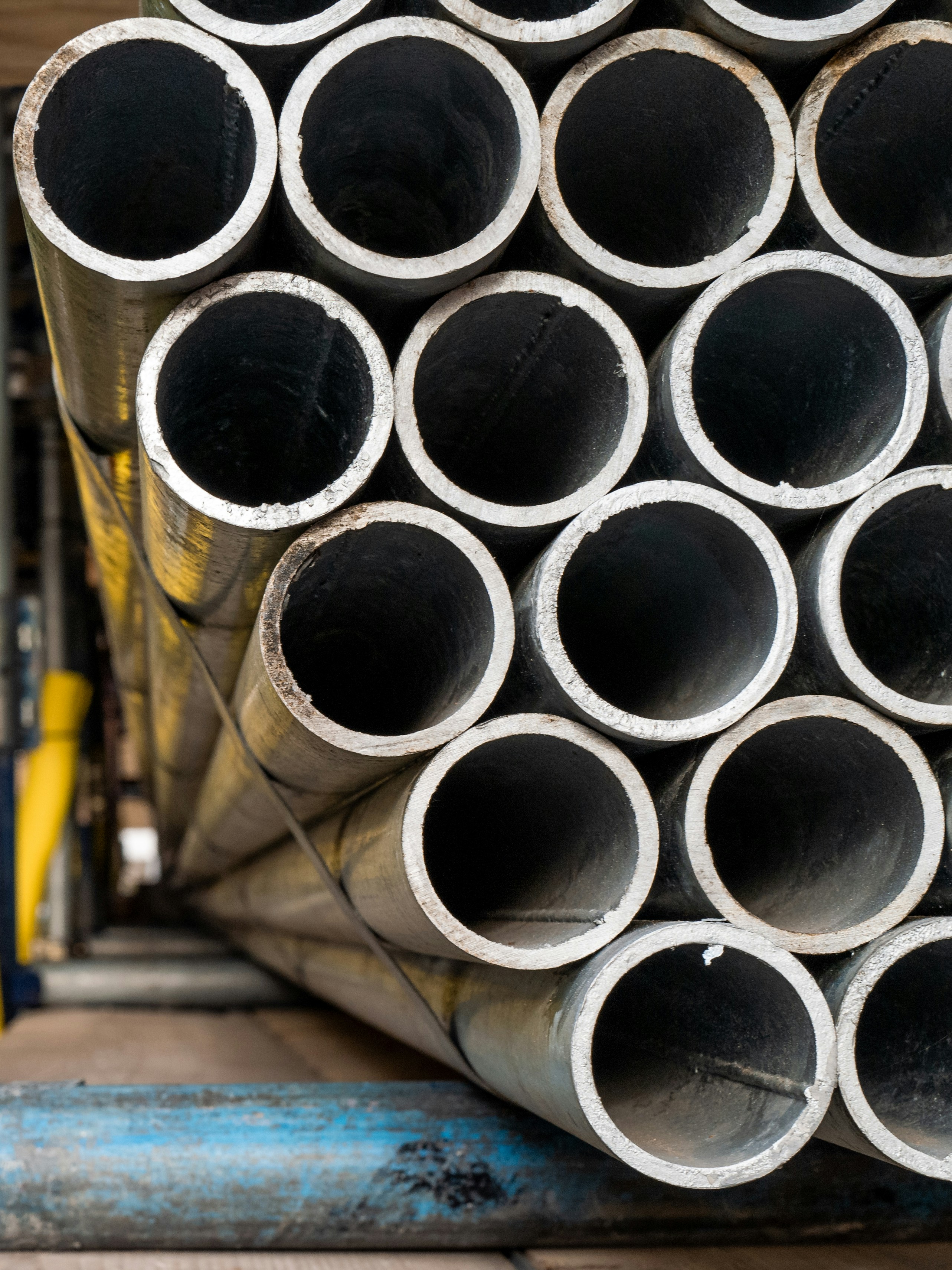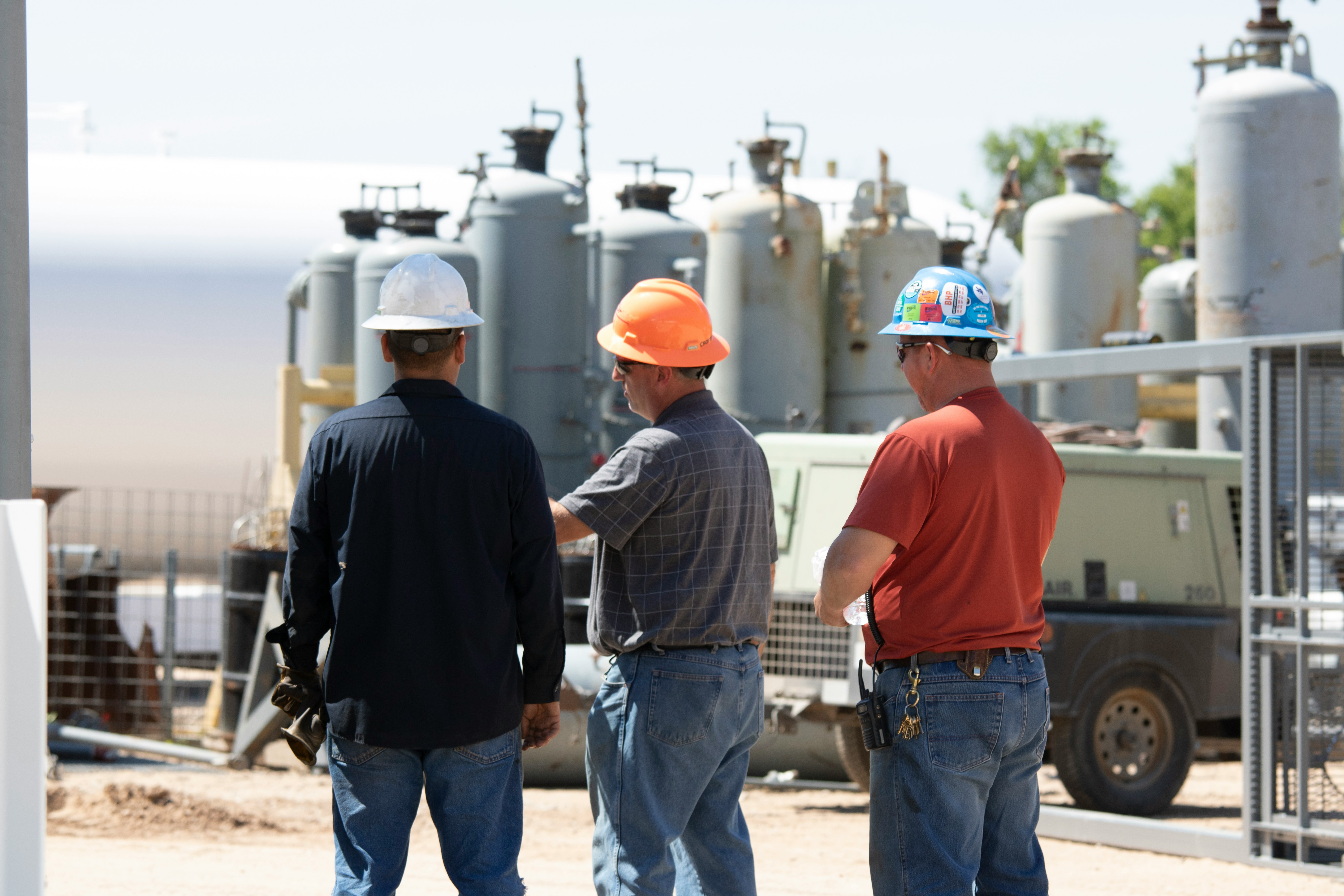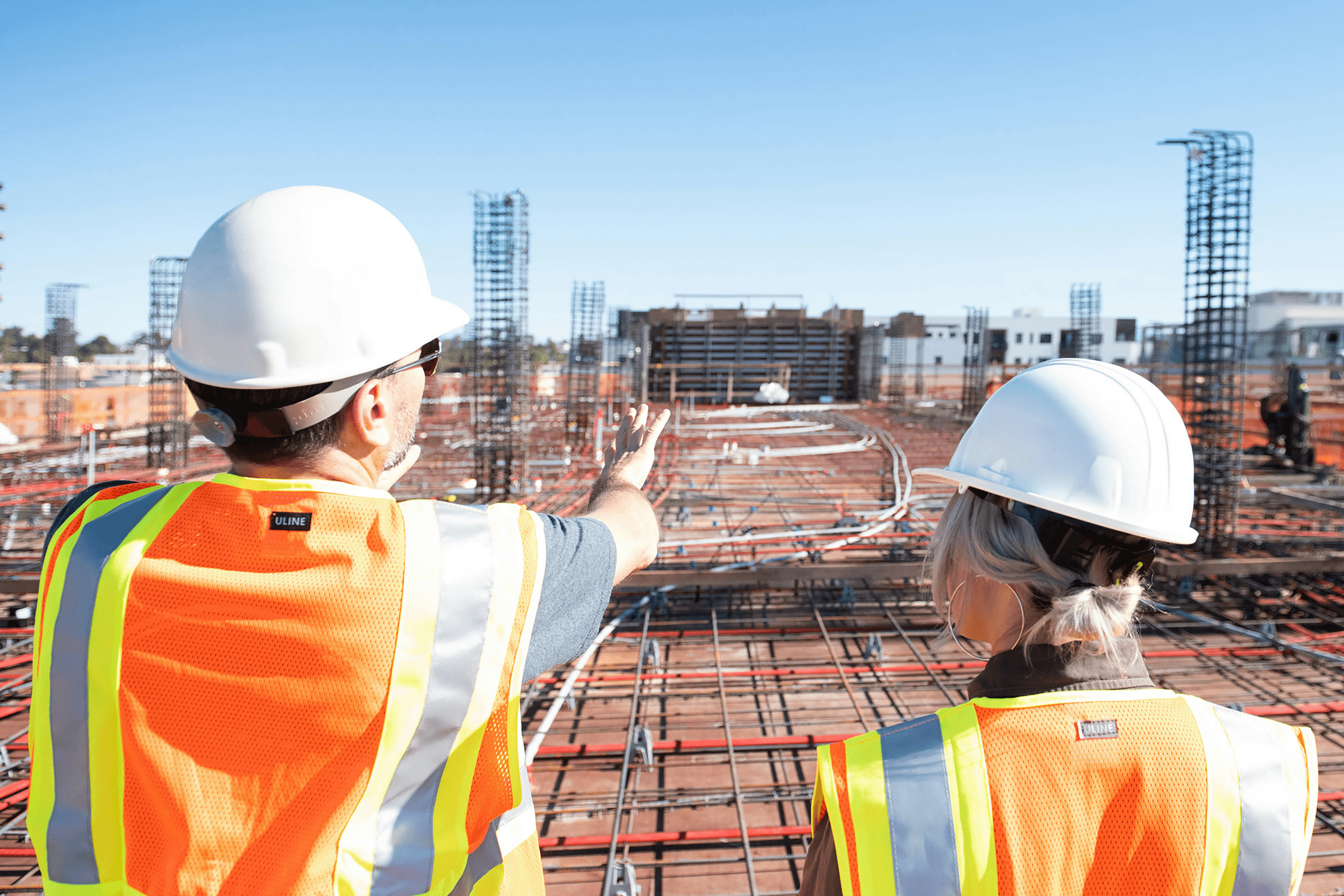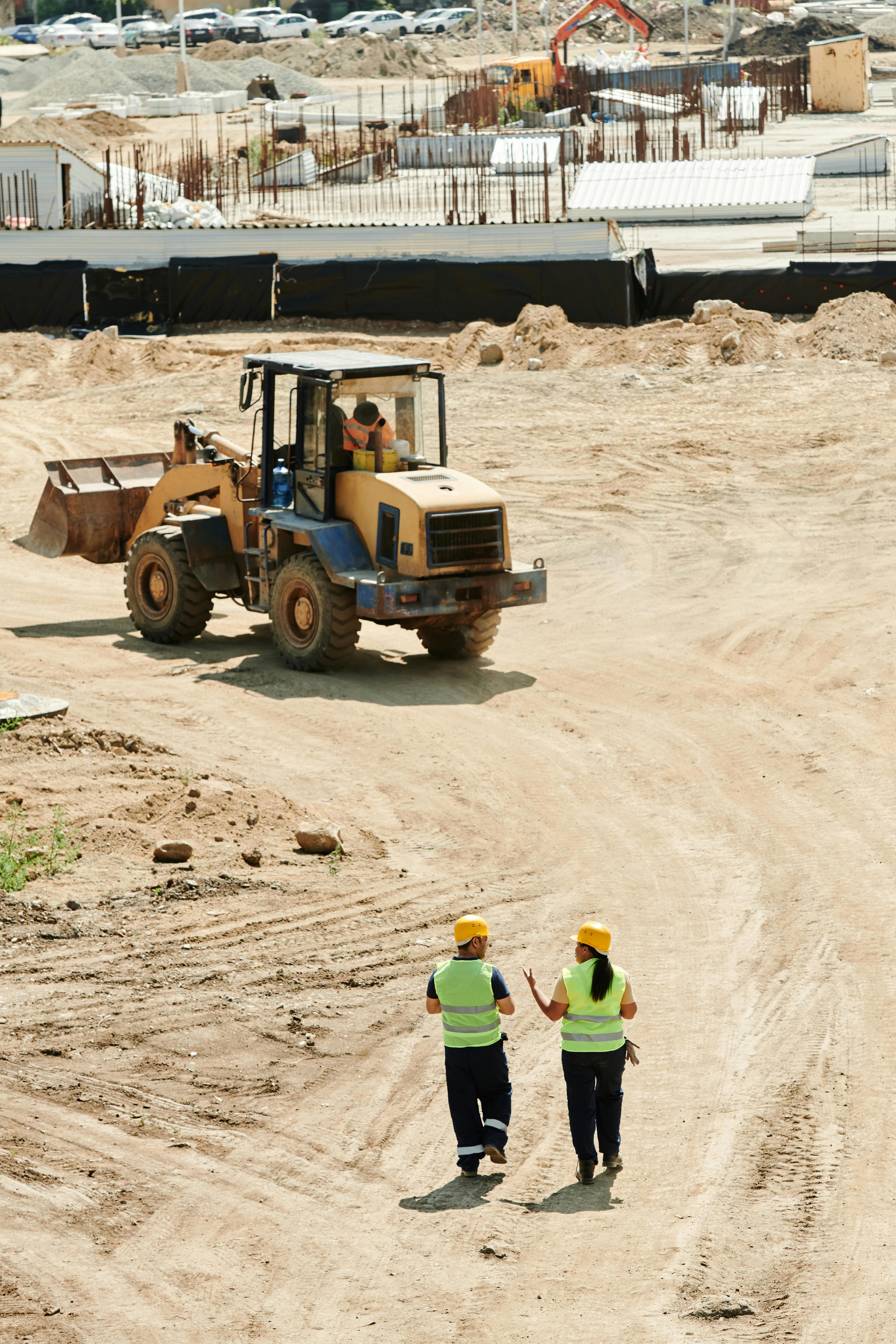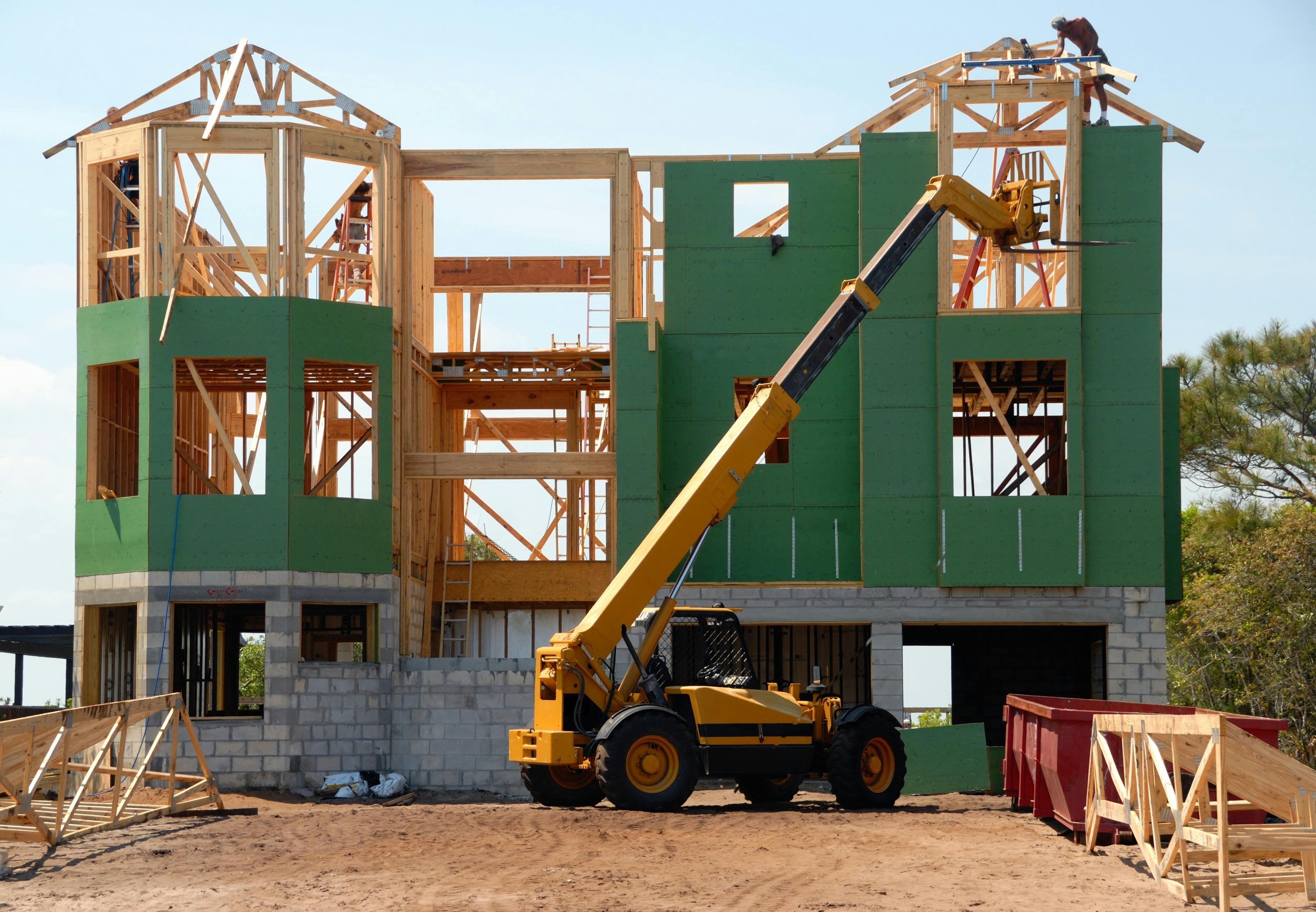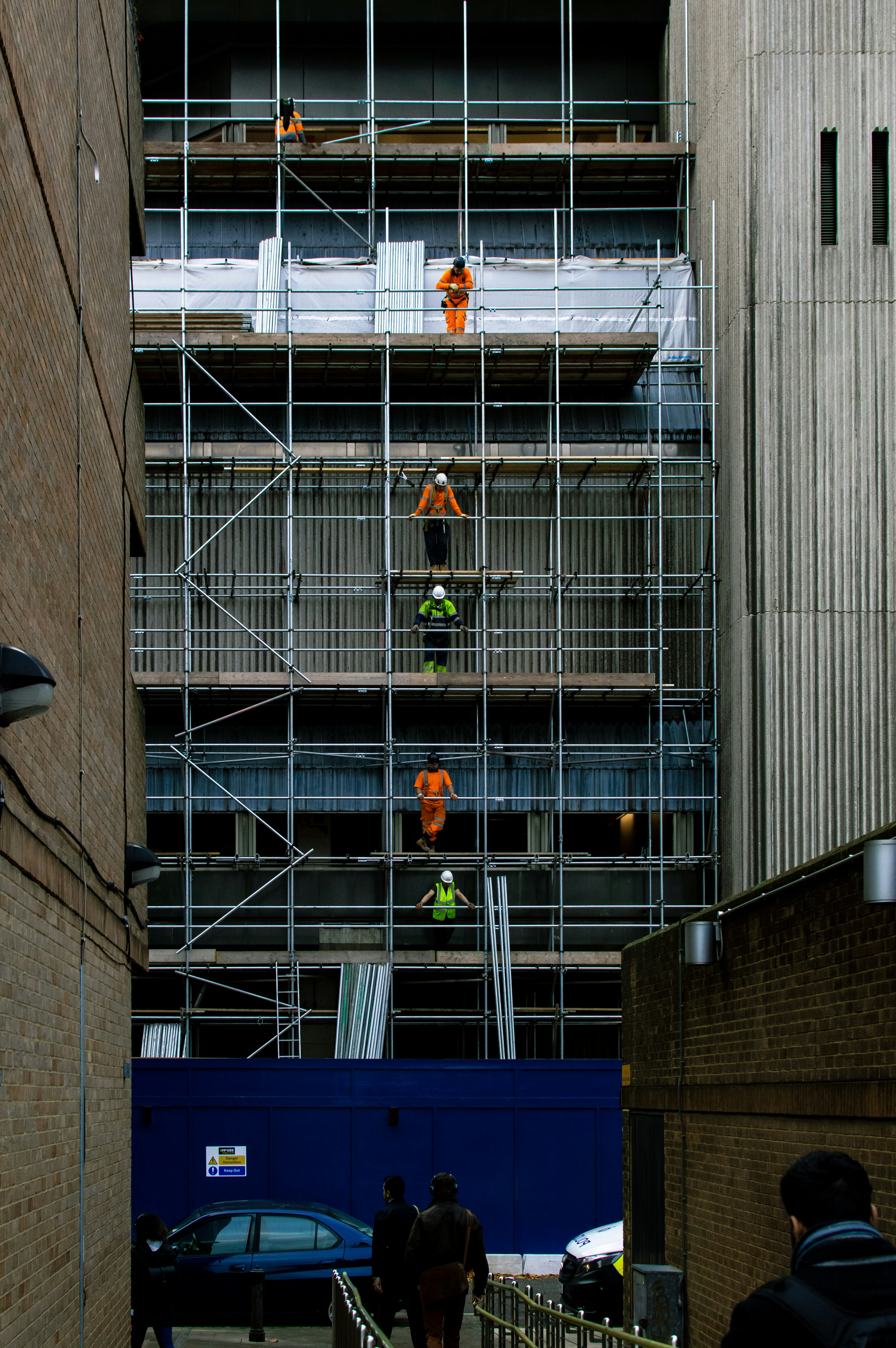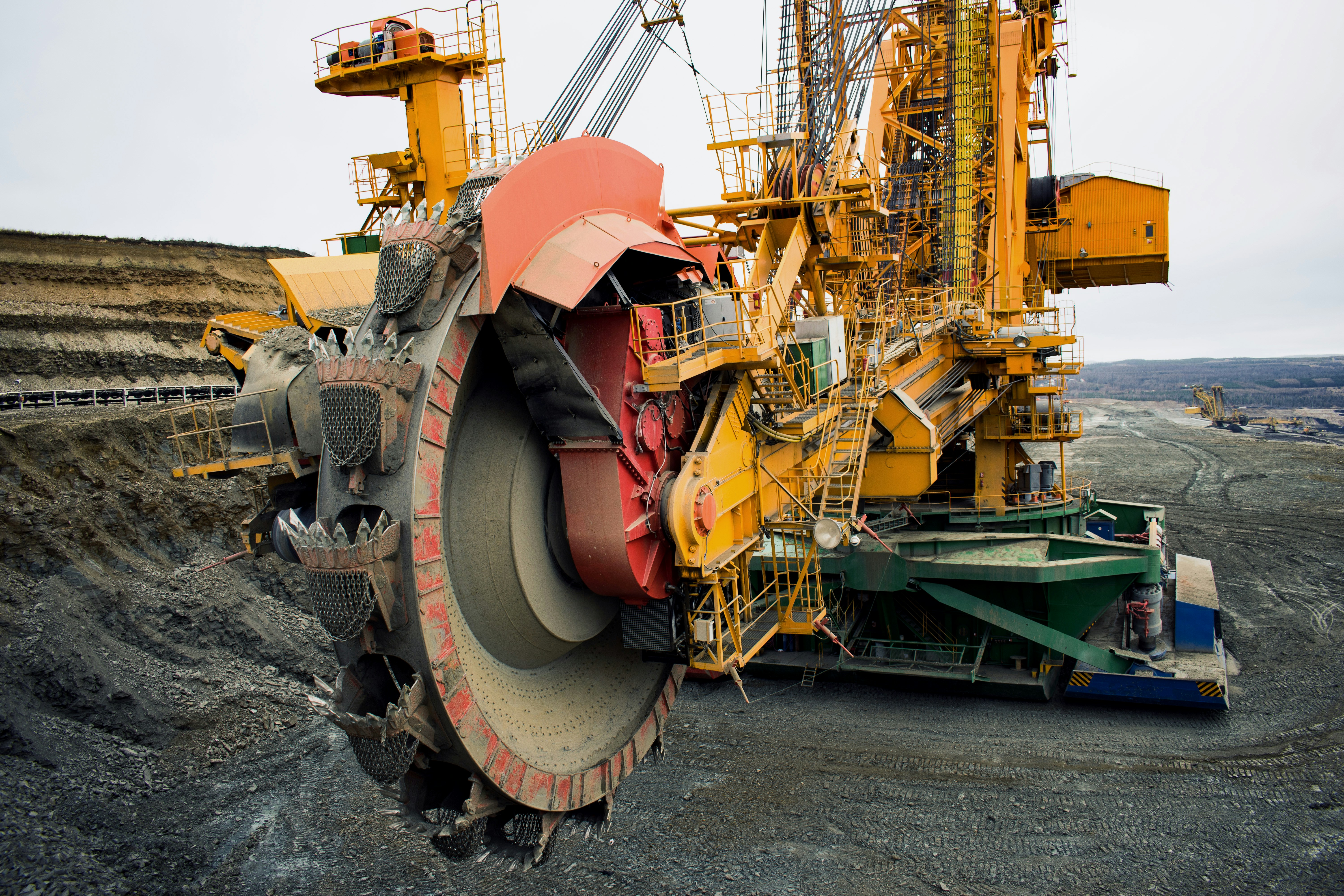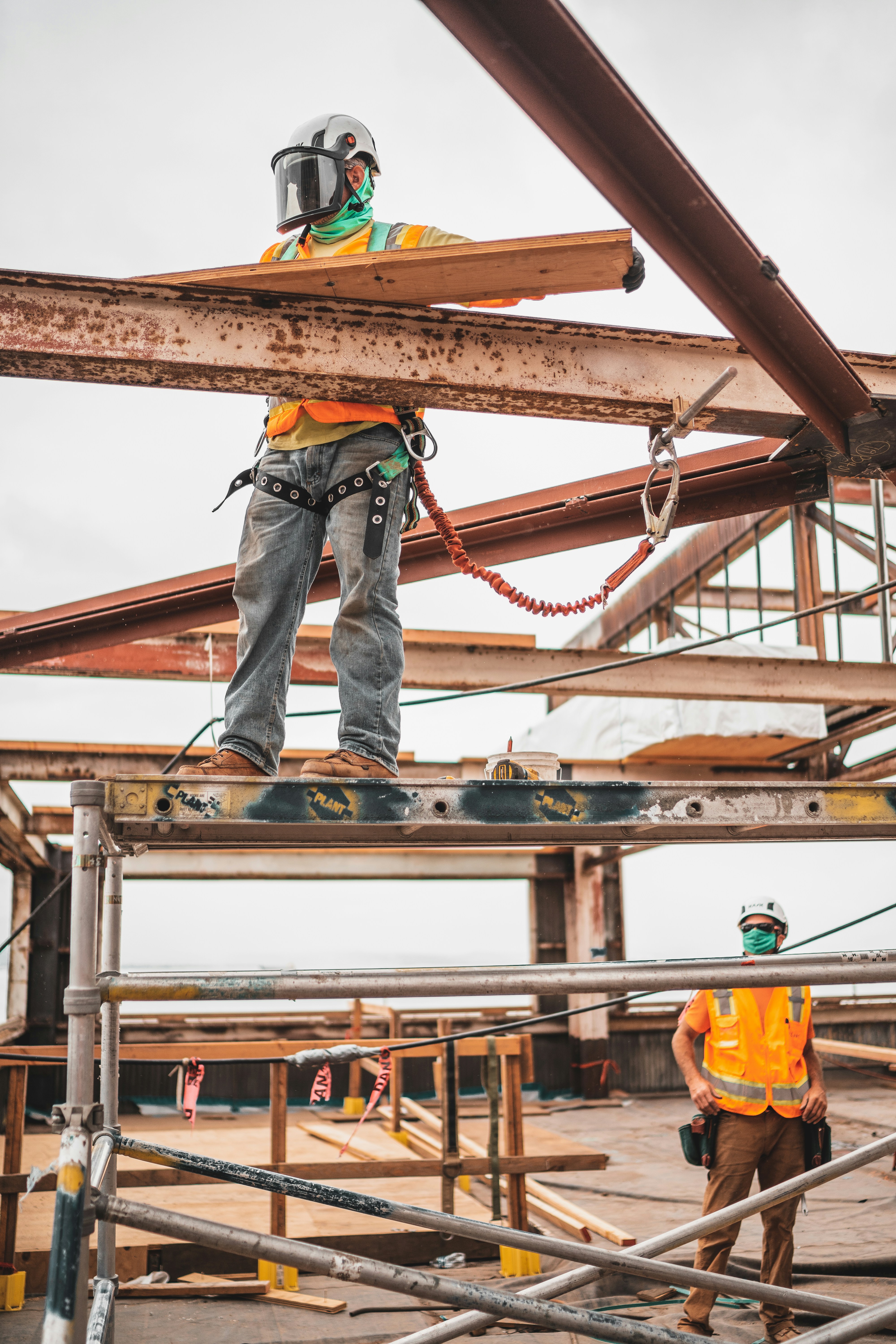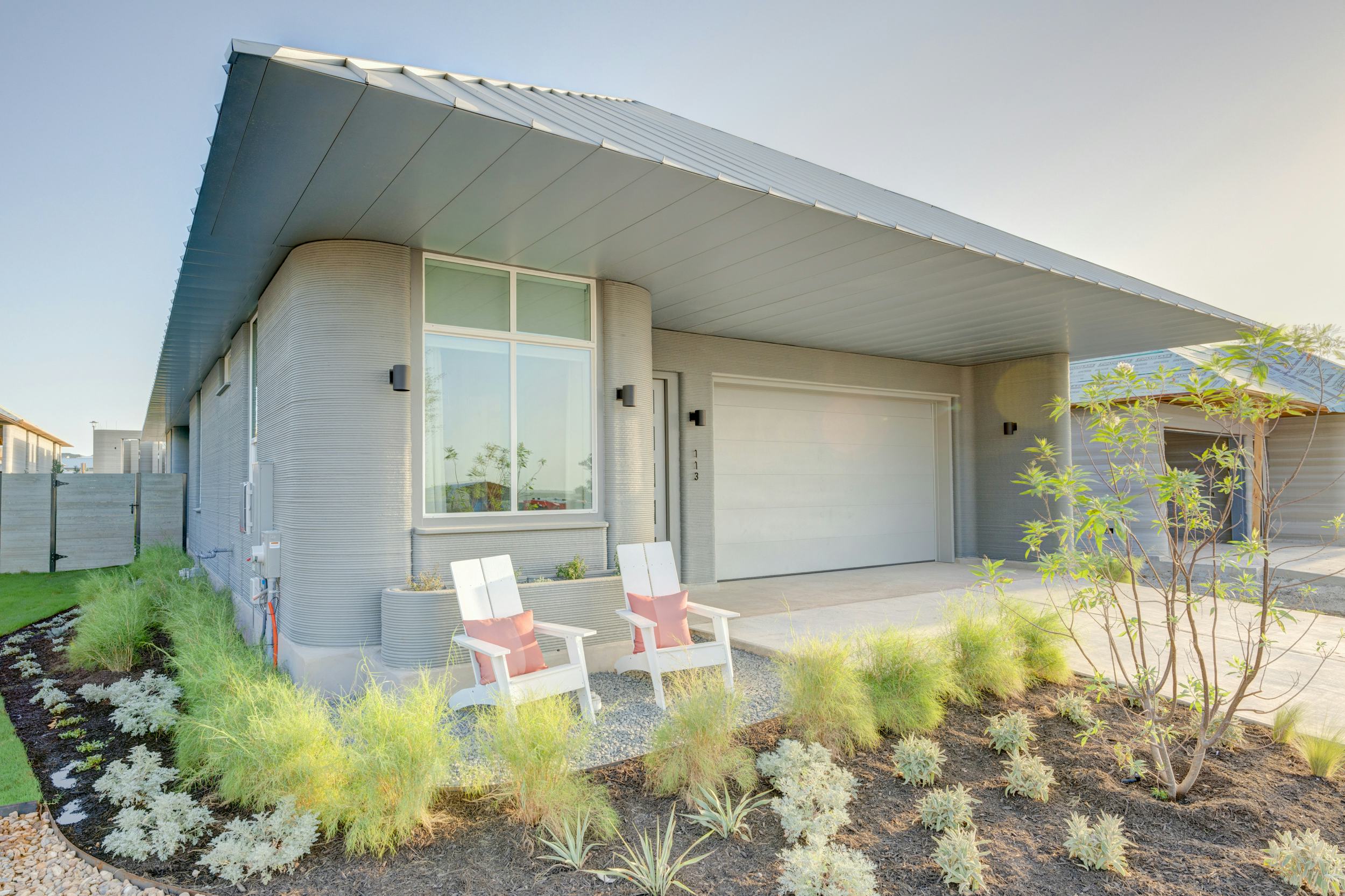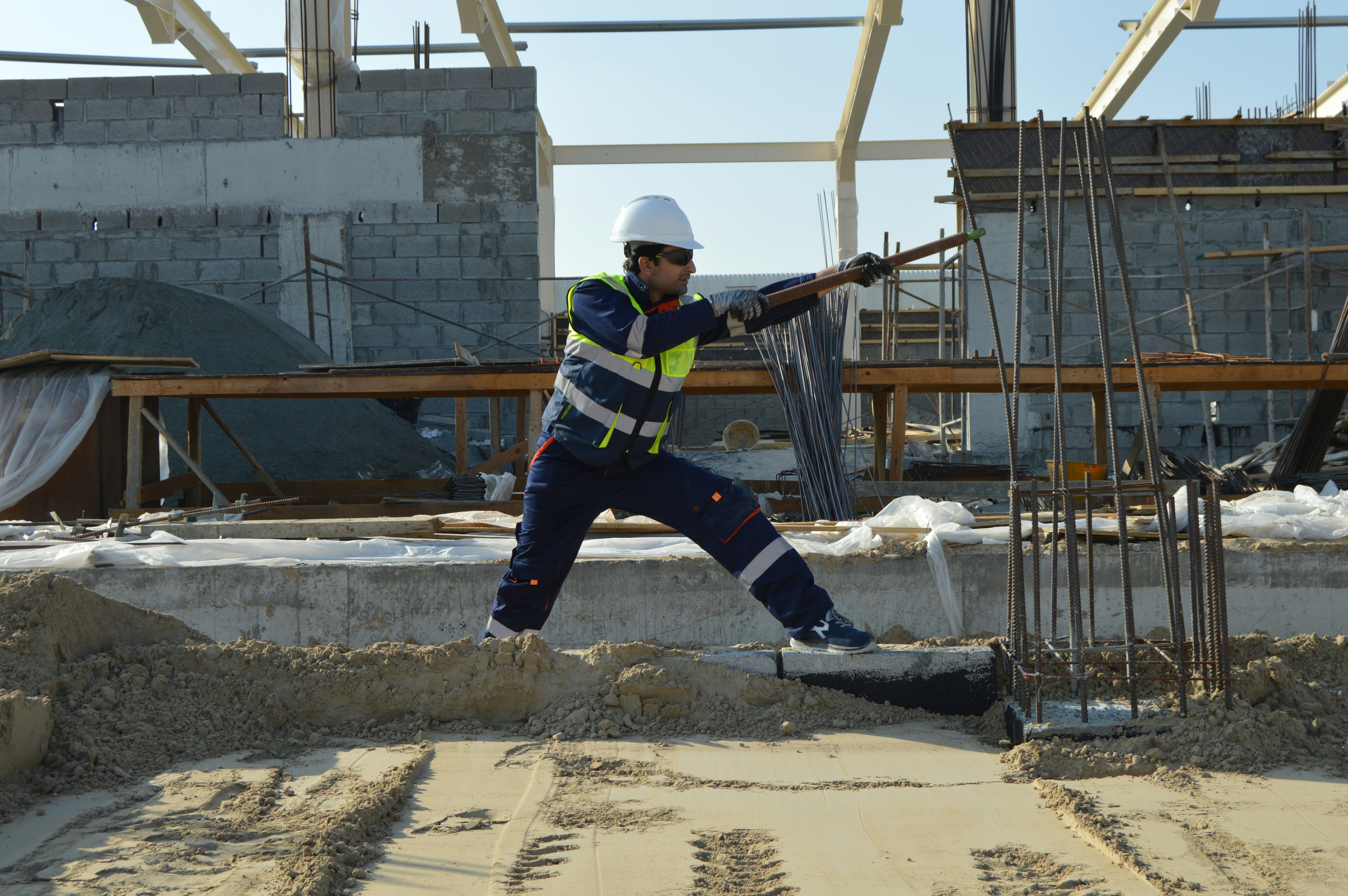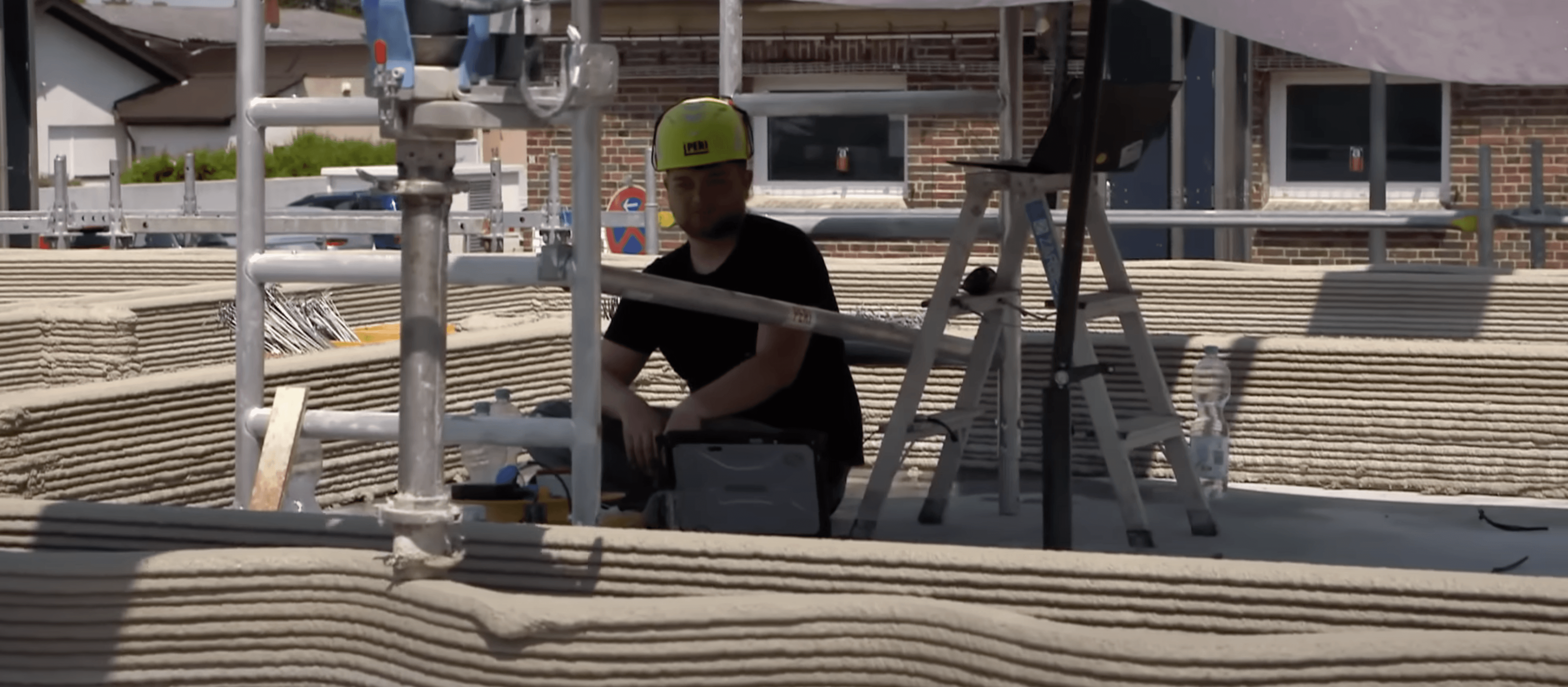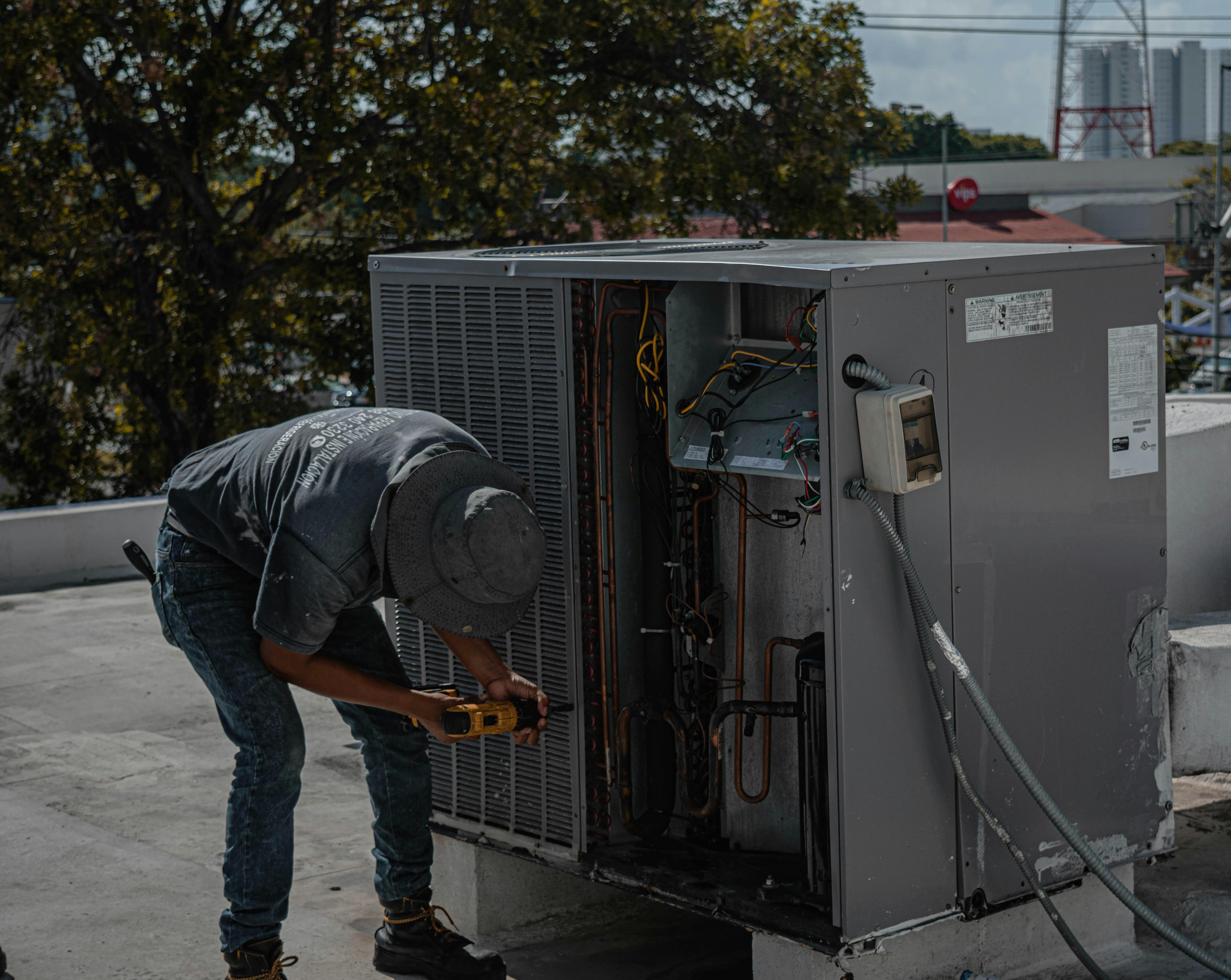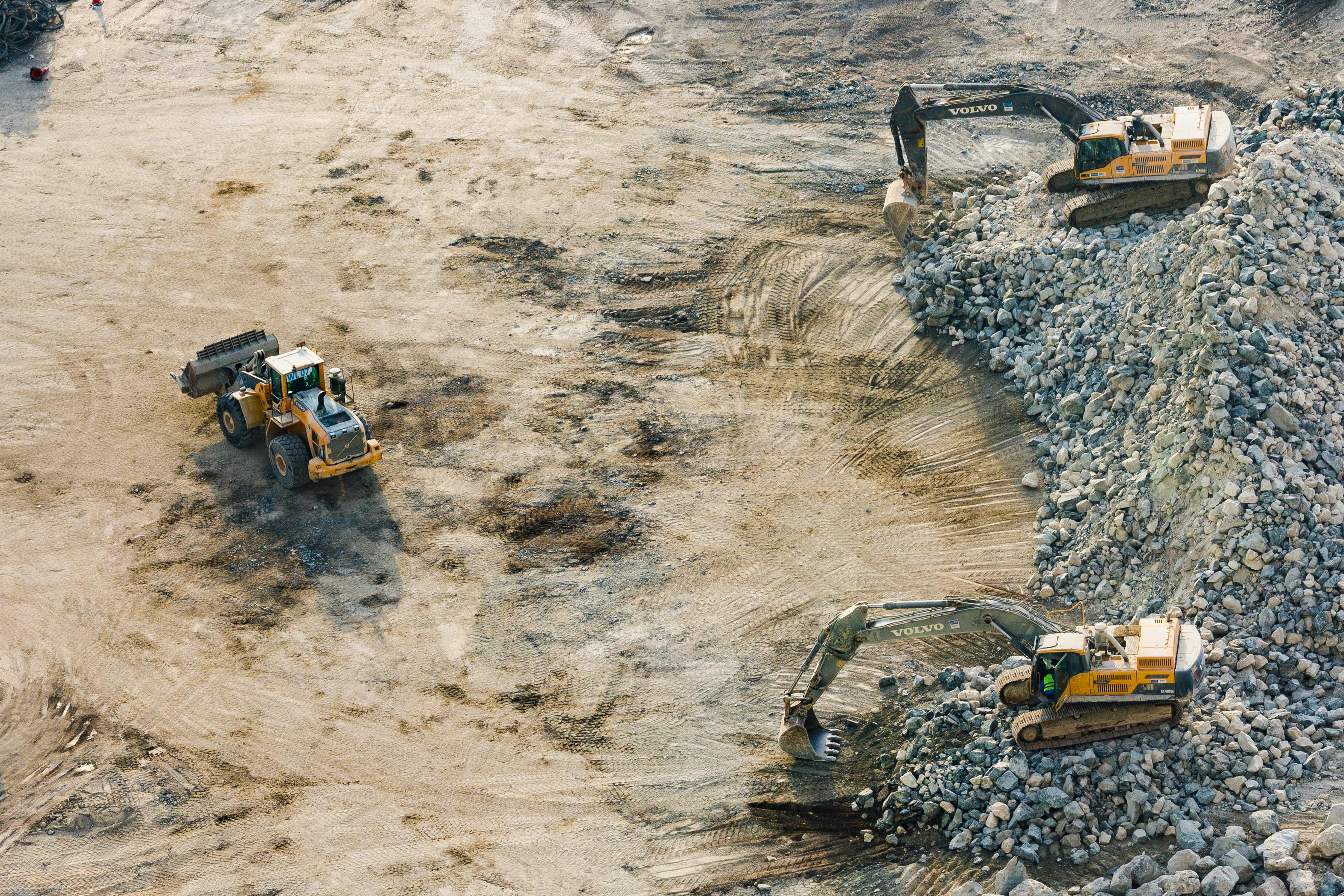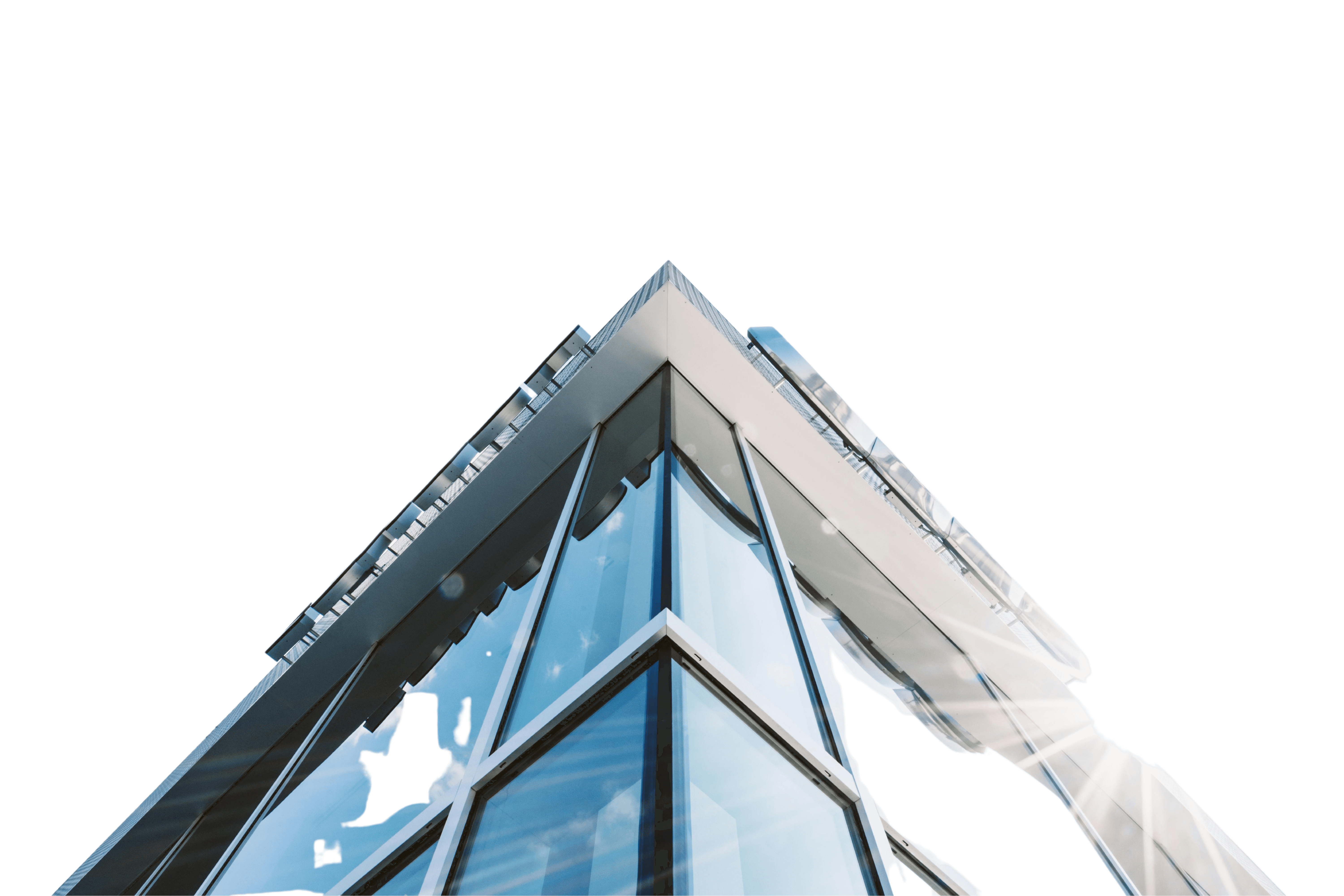
Lumber prices have surged again in early 2025, driving construction material costs to new highs and putting intense pressure on contractors and owners. According to the National Association of Home Builders (NAHB), framing lumber composite prices reached $486 per 1,000 board feet as of April 11, 2025, and are 17.2% higher than the same time last year. While prices remain below pandemic peaks, they are unlikely to return to pre-pandemic levels due to persistent demand and ongoing supply constraints.
What’s Fueling the Lumber Price Spike?
Several converging factors are behind the escalation:
Tariff Fears and Panic Buying: The Trump administration’s reinstatement of 25% tariffs on steel, aluminum, and derivative products, along with new tariffs on Canadian and Mexican imports, has triggered a wave of panic buying and artificial demand spikes. “Rapid-fire changes in tariffs threaten to drive prices higher for many essential construction goods,” warns Ken Simonson, chief economist for the Associated General Contractors of America.
Supply Chain Disruptions: Persistent supply chain issues, including labor shortages in mills, transportation bottlenecks, and lingering impacts from wildfires in British Columbia (which damaged 1.4 million hectares of timberland), are constraining supply.
Energy and Input Costs: Rising natural gas (up 10.4% in March), steel (up 7.1%), copper wire and cable (up 5.5%), and softwood lumber (up 4.7%) have all contributed to higher construction input prices, which are now 42.8% above February 2020 levels.
Housing Demand: With the U.S. facing a housing shortfall of 4.5 million homes, analysts forecast an 11% rise in housing construction in 2025, further fueling demand for lumber.
How the Price Hikes Hit Contractors
Contractors locked into fixed-price contracts are particularly vulnerable, as they must absorb rising material costs without flexibility to adjust pricing. “Contracts that are signed or in-process did not factor in the cost of tariffs. Therefore, the increase in costs will most likely be absorbed by the contractor, which will impact margins,” says Scott Damiecki, partner at CohnReznick. Over 80% of contractors report receiving tariff-related price increase notices from suppliers, and nearly 20% have had projects paused or interrupted due to tariffs.
Strategies for Predictable Outcomes
At Paragon Construction Consulting, we recommend:
Material Escalation Clauses: These protect both parties from unpredictable spikes. “Including escalation clauses in contracts is now essential,” says Julie Workman, partner at Saul Ewing.
Strategic Procurement: Accelerate procurement to lock in prices early, as recommended by Michael O’Reilly, VP at Rider Levett Bucknall: “General contractors are largely trying to be proactive and have procurement discussions early on projects, where possible”.
Bulk Purchasing and Alternative Materials: Where feasible, secure key materials in advance and explore alternatives to hedge against volatility.
Stay Informed: Track tariff policy and market trends to anticipate shifts. “The companies that proactively adapt will be the ones that weather the storm,” says the Paragon Post.
Pro Tip: NAHB’s Jesse Wade notes that “retailers are price takers,” meaning higher costs are passed on to builders almost immediately in rising markets, so early action is critical.
The Bottom Line
With construction input prices rising at a 9.7% annualized rate in Q1 2025 and material price volatility here to stay, only those who act early and plan strategically will defend their margins and project schedules. At Paragon, we believe that with the right approach, predictable outcomes are possible—even in unpredictable markets.




